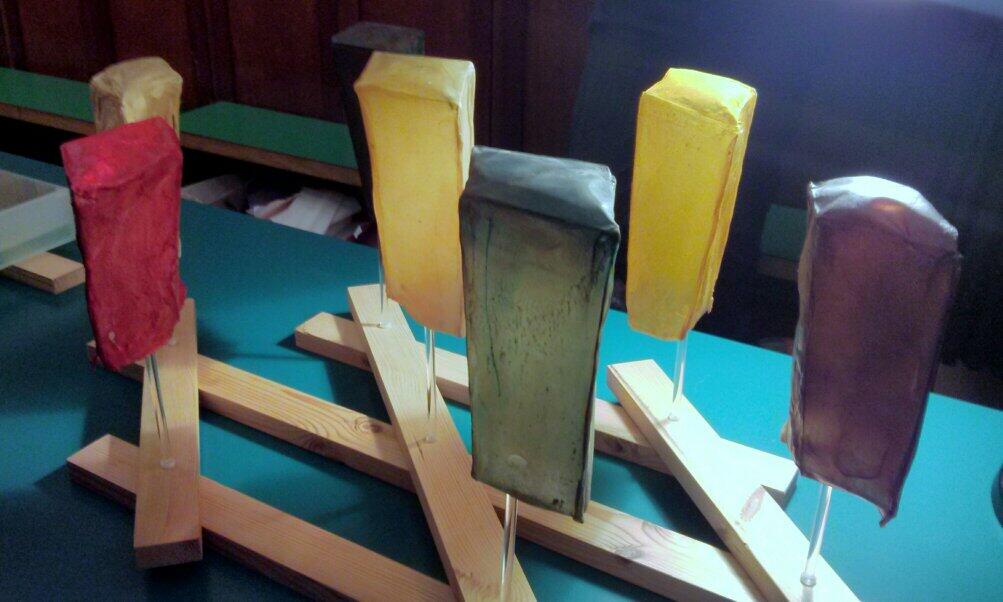
Image: @LydNicholas (swiped from her twitter feed)
Alexandra Daisy Ginsberg and the editors of Synthetic Aesthetics pulled no punches when they launched their new book at a “Friday late” at London’s Victoria and Albert Museum. A couple of audience members interrupted to bemoan the sheer abstractness of the enterprise. Why couldn’t the panel explain what synthetic biologists actually did? A rather unfair criticism of an event that scattered living biological materials across every floor of the museum. The task of explaining where beauty sits in the world of synthetic biology fell to Drew Endy, assistant professor of bioengineering at Stanford University, California. Endy explained how, when synthetic biology began, its self-styled “engineers” treated living things as wayward and overcomplicated machines, in need of radical simplification. Now, researchers are learning to appreciate and harness biological complexity. “Ford’s original Model T motor car was simple, in engineering terms, but it was hell to operate. A Tesla is complicated but a pleasure to drive.” Standards of beauty are fuzzy, personal and intuitive. They inspire real conversations. So I imagine talking about beauty in design is useful for a discipline that’s constantly struggling with its own hype, never mind other people’s panic.
